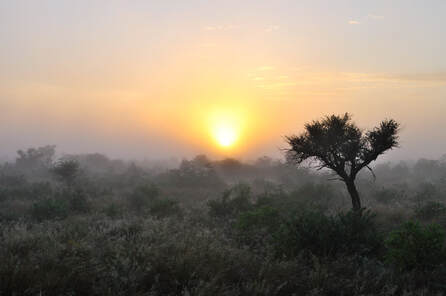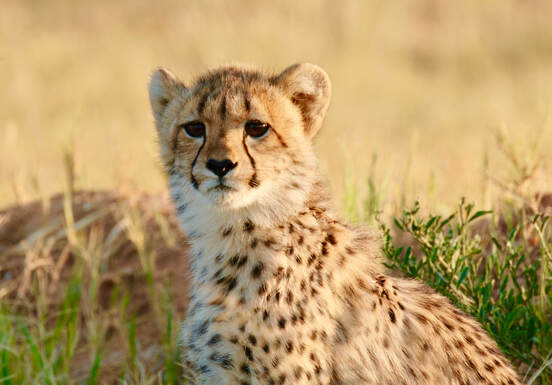It is based on this premise that Cheetah Conservation Botswana launched its new Communities for Conservation Programme in 2017. The first step was to understand the communities’ broader development aspirations and then, to see how we, as an organization, can help attain that vision – directly or indirectly, through partnerships. Too often in the past, these communities have been barraged with parachute development schemes — organizations that drop in, conduct workshops, hand out donations, cut and paste interventions from elsewhere and leave almost immediately. We hope to change this tide by being committed to a long-term development strategy that puts the communities themselves in the driver’s seat, acknowledging that this will require time, patience, perseverance, inclusion, participation and collaboration.
An area highlighted by the communities as one where they need assistance has been the community trusts, which are the legal vehicles through which they can participate in Community Based Natural Resource Management (CBNRM) related ventures such as eco-tourism, harvesting plants with different medicinal, nutritional and other use values and craft production. Largely redundant after years of stagnation, we hope to grow their capacity so that the community trusts can function effectively by identifying knowledge gaps and institutional challenges and working to address these. Fruitful discussions with various stakeholders have attested the potential for partnerships and exciting developments in this area. Institutional development activities, craft development workshops and veld product harvesting are some of the activities that are slated for the remainder of the year – all subject to the continuously evolving situation with COVID-19. Ultimately, by diversifying nature-based livelihood pathways, communities in the Kalahari can enhance their resilience to the impacts of climate change and utilize innate knowledge of the Kalahari ecosystem to benefit from and conserve this unique wildness for generations to come.



 RSS Feed
RSS Feed
